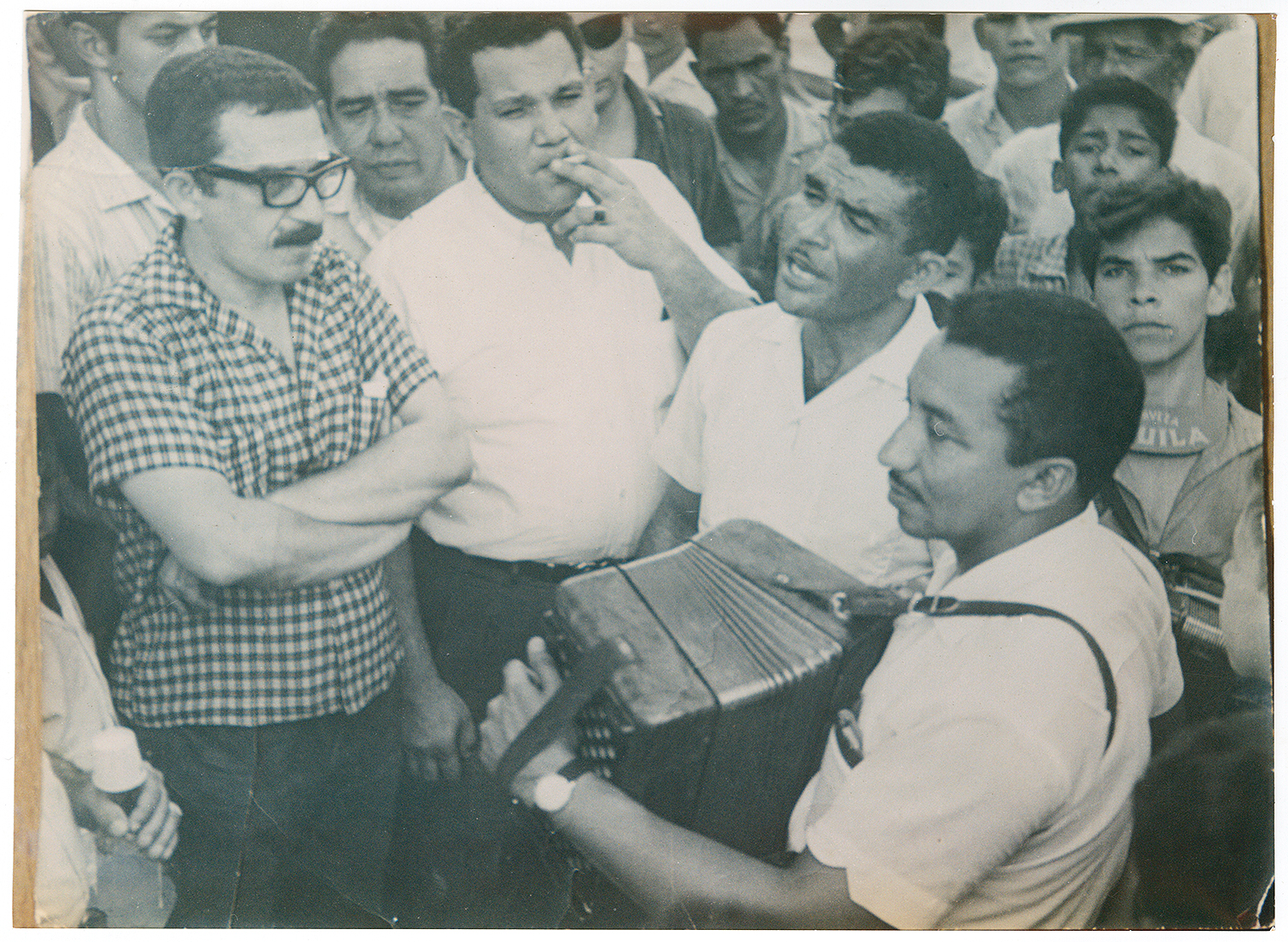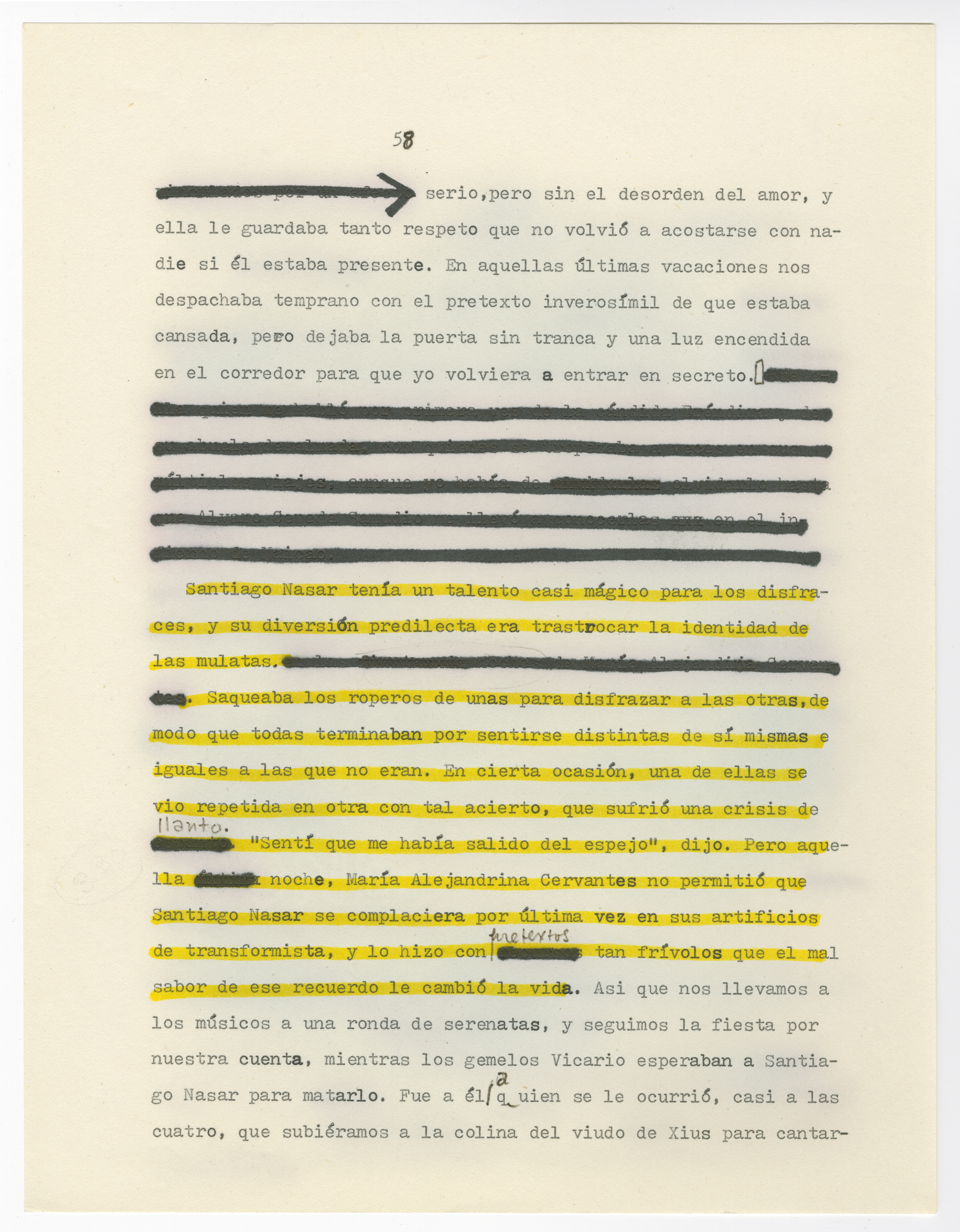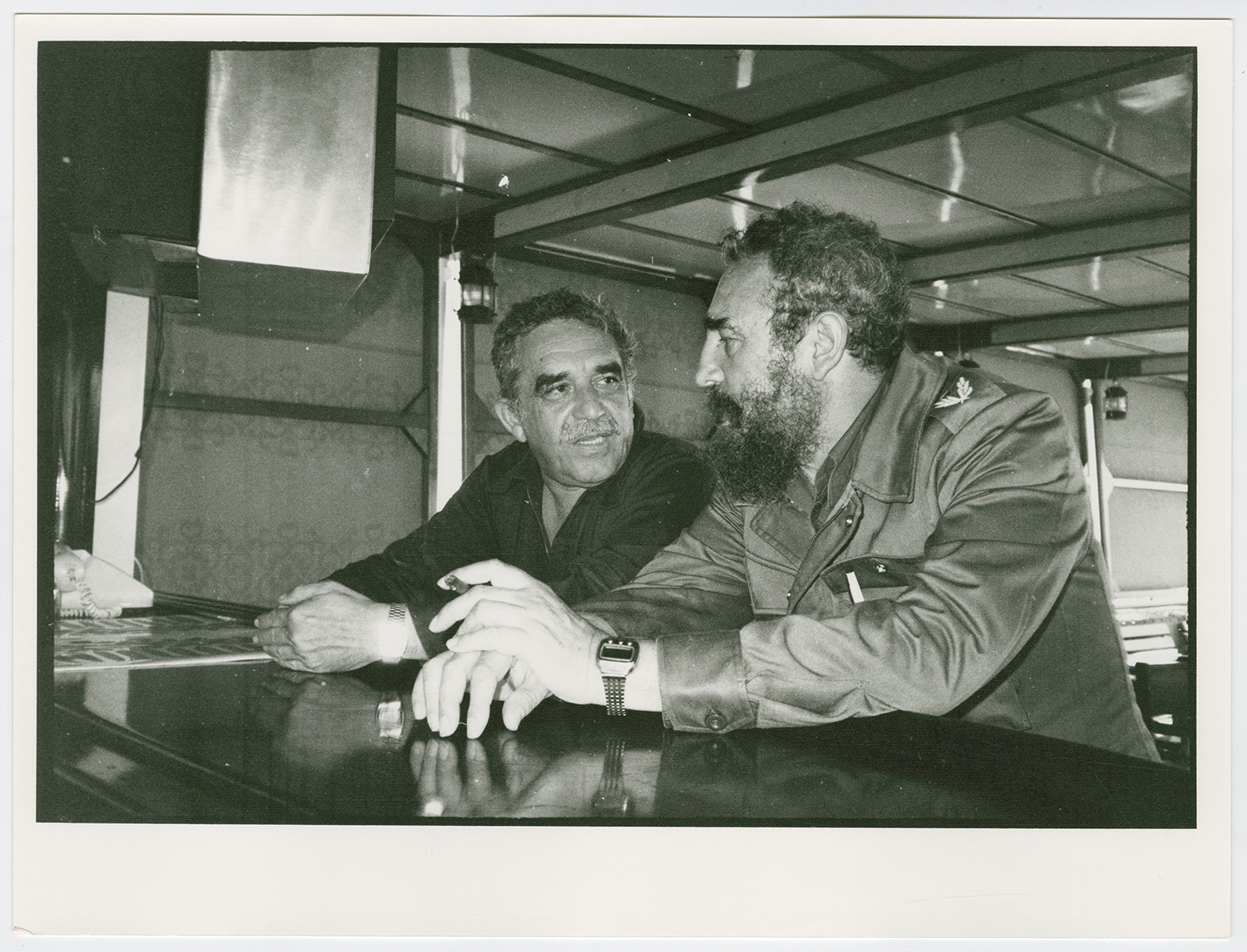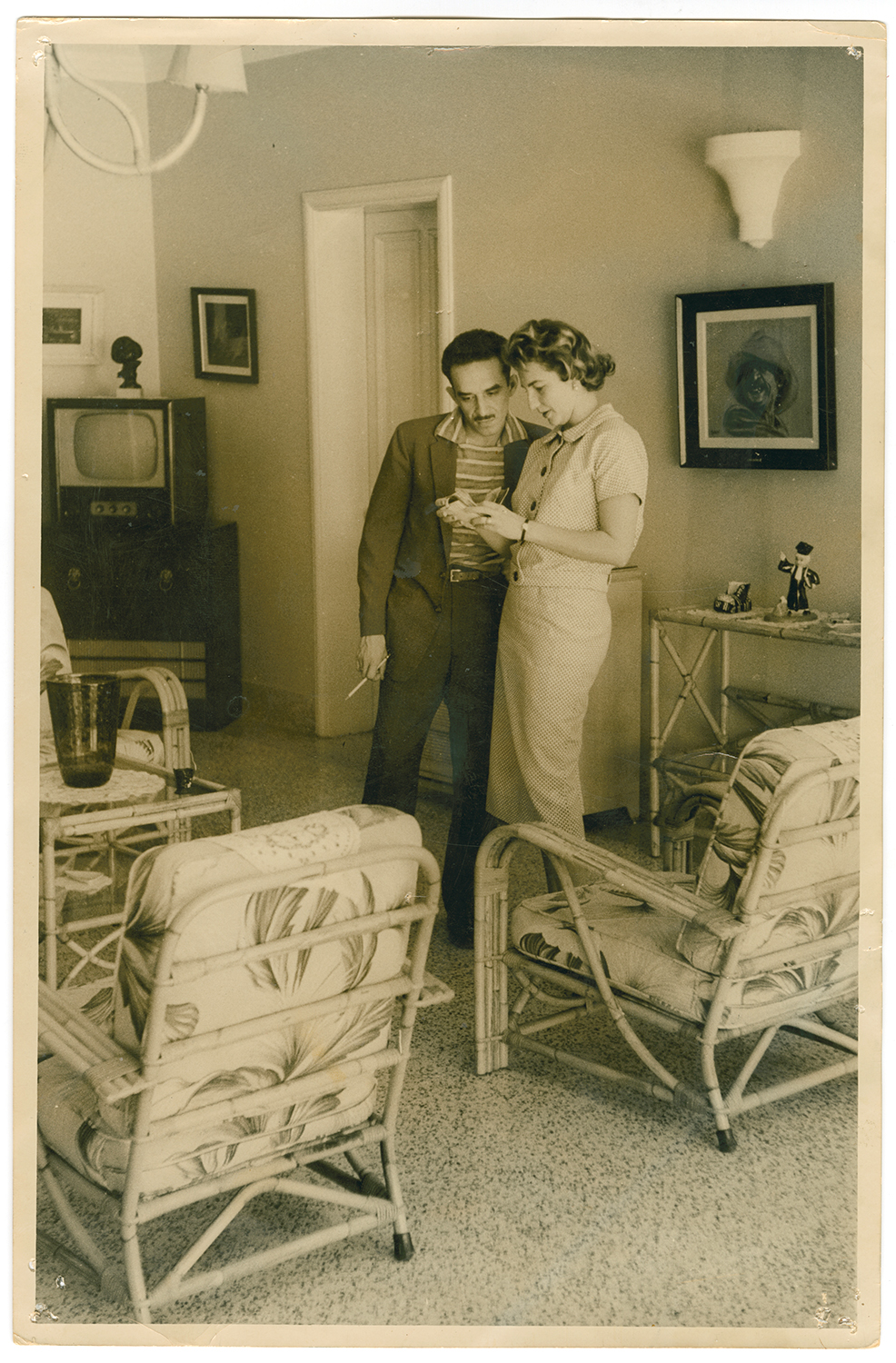[Most Recent Entries] [Calendar View]
Wednesday, December 13th, 2017
- Hannibal studied his opponents very carefully, employing every means of gathering intelligence in enemy camps, including spies from allied populations who provisioned the Romans.
- When necessary, Hannibal paid for credible intelligence with silver supplied from mines in Carthaginian Spain; as long as that silver lasted to pay for good intel, he was unbeatable. Once Rome conquered Spain’s silver mines, Hannibal’s ability to gather and exploit such military intelligence was cut off. There is a direct correlation to Hannibal's access to silver for intel or mercenary use and his brilliant victories.
- Hannibal usually went for the unpredictable surprise maneuver that had never been seen before, including crossing the Alps in winter and forcing the Romans to fight in the dead of winter and at night.
- Hannibal got into the minds of his enemies with psy-ops, exposing their weaknesses, triggering their anger and vanity, and making them fall into his traps; undermining the confidence of the Roman foot soldiers in big battles and paralyzing them with fear. Romans taught their children to fear Hannibal as the bogeyman – always warning in crises for centuries that “Hannibal is at the Gates”.
- Hannibal proved it’s not the size of your army but how well prepared it is. He epitomizes the old adage, “Better 10 men wisely led than 100 with a fool at the head.” Even if austere, Hannibal’s leadership was legendarily charismatic – he even slept with his men on the ground wrapped in a blanket. He taught his men the brutality of war with likely less PTSD than his enemies because he always prepared them with ideas like “fight or die.” Much later, Machiavelli even alluded to Hannibal in The Prince with the concept that it’s “better to be feared than loved.”
- Hannibal effectively used the most mobile units possible with his Numidian cavalry, often outflanking the Roman infantry on multiple campaigns, especially in his famous “double envelopment” or where he finished battles with ambushes from the rear where there was no escape.
- Because his armies were almost always smaller – especially after his difficult Alps crossing when he lost many soldiers – Hannibal augmented his arsenal with weapons of nature: forcing the Romans to cross the frozen Trebbia River, hiding his armies in the fog above Lake Trasimene, driving captured cattle with torches tied to their horns to fool the Romans into thinking he was on the move at night at Volturnus, making the Romans face the blinding dust and sand blowing from Africa at Cannae. He even confused the Romans at Cannae with some of his troops outfitted with captured Roman gear.
- Similarly, after studying terrain and topography, Hannibal always chose his battle sites when possible for the best possible advantage, especially constricting the larger Roman armies where they would be unable to outflank him and instead they would be hemmed in by rivers or hills, etc., also choosing terrain where he could hide ambushes in nearby forests.
- Hannibal sagely exploited the 2-consul Roman alternating command rotated one day between an experienced military veteran and the next day with a political appointee populist leading. On at least three occasions, Hannibal annihilated the Romans on the days when fools were the supposed commanders. The following Roman generations learned the hard lesson from this and the Senate created a professional army commanded by veteran leadership. Eventually Rome also amped up its cavalry and became less dependent on infantry thanks to Hannibal.
- Hannibal taught his one formidable Roman opponent Scipio how to implement brilliant tactics, how to mine data from military intelligence and how to benefit from Spain’s mercenary silver to bribe the Numidians to abandon Carthage. Scipio – the only one to beat Hannibal - respected Hannibal more than any other Roman because he learned so much from him. It's one of the great ironies in history that Hannibal is apparently more famous than Scipio, and it’s not only because of crossing the Alps with elephants: ultimately the Romans didn't appreciate a victorious Scipio any more than the Carthaginians appreciated a victorious Hannibal. Hannibal will remain a profound enigma in that he could not ultimately win the war with Rome, yet he could win so many brilliant battles with incredibly memorable tactics still taught today.
| Time | Event |
| 8:32a | 10 Reasons Why Hannibal’s Military Genius Still Captures Our Imagination Today
Note: This is a guest post from Patrick Hunt, author of the new book, Hannibal. Hannibal Barca, otherwise simply known as Hannibal, lived and waged war over two thousand years ago – but is he still relevant in a world where the Romans are long gone? His famous crossing of the Alps in winter with an intrepid army and elephants is unforgettable, but are his brilliant maneuvers and intelligence gathering still worth examining? Despite the enigma of this great Carthaginian general being unable to preserve Carthage after him, Hannibal’s tactics and methods offer great lessons not only for military history but also for civilization at large. History reveals the Romans had a destiny of world conquest, but what is less well known is how much Hannibal changed the ways in which the Romans conducted the wars that eventually brought them Pax Romana, a peace often forged out of violence after a brutal expansion that killed and enslaved millions, including Carthage a century after Hannibal. Before Hannibal, Rome was hemmed in by seas on almost all sides and could hardly expand except northward into Etruscan and Celtic territory; acquiring Sicily was Rome’s first step outside its mainland. But Hannibal forced Rome to fight a very different kind of war; his victories taught them how exploitable their military organization was, and he pressured Rome to change for survival. More relevant, while Hannibal didn't invent spycraft, he seemingly used it more effectively than any other ancient general by his careful contingency planning. Hannibal set precedents for spy agencies and intelligence gathering and how to stage battles in any kind of terrain and weather--templates that current nations still study and follow. Every military academy today offers detailed classes and seminars on Hannibal’s tactics. I am frequently invited to lecture on Hannibal’s intelligence gathering in venues like the U.S. Naval War College, where classes are filled with Navy, Army, Marines, and Air Force officers along with representatives of the intelligence agencies. That is also why the National Geographic Society sponsored my Hannibal field research – sending me to every Hannibal battle site and to Carthage in Tunisia, along with Spain, France, Italy and even Turkey where Hannibal concluded his dramatic life - and also why Simon and Schuster published my biography Hannibal this summer. Here are some nuggets from 20 years of Hannibal fieldwork found in this new book. The Roman book Stratagemata by Frontinus - a compilation of military stratagems - has more clever ruses of Hannibal than any other commander up to that time. Historic great commanders or officers who studied or emulated Hannibal include but are not limited to Julius Caesar, Belisarius, Charlemagne, Napoleon, Suvorov, Kutuzov, von Clausewitz, Montgomery, Liddell Hart, Rommel, Patton and Schwarzkopf, among many others. Even the term blitzkrieg alluded to Hannibal's clan (Barca = "lightning") and his rapid advance in his invasion of Italy." So, of course, Hannibal is at least as relevant as any other memorable person in history, especially in a time of world chaos and rethinking strategic allegiances. Postscript: Hannibal (Simon and Schuster 2017) has been acclaimed in reviews from The New York Times, Christian Science Monitor, Philadelphia Inquirer, Ancient History Encyclopedia, a starred Kirkus Review and many others and listed in the Kirkus List of Best Nonfiction Books of 2017. 10 Reasons Why Hannibal’s Military Genius Still Captures Our Imagination Today is a post from: Open Culture. Follow us on Facebook, Twitter, and Google Plus, or get our Daily Email. And don't miss our big collections of Free Online Courses, Free Online Movies, Free eBooks, Free Audio Books, Free Foreign Language Lessons, and MOOCs. |
| 9:00a | New Iranian Video Game, Engare, Explores the Elegant Geometry of Islamic Art The intersection of mathematics and art holds out great potential for not just endless discoveries but deeply memorable creations. The 20th-century visionary M.C. Escher understood that, but so did the Islamic artists of centuries before that inspired him. They've also inspired the Iranian game developer Mahdi Bahrami, whose newest effort Engare stands at the cross of mathematics, art, and technology, a puzzle video game that challenges its players to complete the kind of brilliantly colorful, mathematically rigorous, and at once both strikingly simple and strikingly complex patterns seen in traditional Islamic art and design. "The leap from the bare bones prototype to it becoming a game about creating art was a small one, given that Islamic art is steeped in mathematical knowledge," writes Kill Screen's Chris Priestman. "The visual flair of Islamic art also helps to further ensure that Engare doesn’t ever feel 'dry.' Yes, it’s a game about math, but there are no dull equations to solve. Yet, the same ideas that those equations belong to are approached in Engare, just from a different angle and one that Bahrami reckons can also evoke emotions. You can see this in mesmerizing action in the gameplay trailer just above. “There are geometrical shapes that make us feel happy, patterns that make someone nervous/hypnotized, the tiling of a ceiling can make someone feel lonely," Priestman quotes Bahrami as writing. He's done this sort of emotional thinking about visual mathematics before: his previous game Farsh "had you rolling out Persian carpets in such a way as to create paths across the levels," and his next one Tandis is "inspired by Celtic shapes, and is a wild and unpredictable experiment in topographical transformation." If you'd like to give Engare a try, you can get it from its website or on Steam. When the 21st century's M.C. Escher discovers Islamic art, will he do it through the medium of video games? Related Content: The Complex Geometry of Islamic Art & Design: A Short Introduction Back to Bed: A New Video Game Inspired by the Surreal Artwork of Escher, Dali & Magritte Californium: New Video Game Lets You Experience the Surreal World of Philip K. Dick Ancient Greek Punishments: The Retro Video Game Mathematics Made Visible: The Extraordinary Mathematical Art of M.C. Escher Based in Seoul, Colin Marshall writes and broadcasts on cities and culture. His projects include the book The Stateless City: a Walk through 21st-Century Los Angeles and the video series The City in Cinema. Follow him on Twitter at @colinmarshall or on Facebook. New Iranian Video Game, <i>Engare</i>, Explores the Elegant Geometry of Islamic Art is a post from: Open Culture. Follow us on Facebook, Twitter, and Google Plus, or get our Daily Email. And don't miss our big collections of Free Online Courses, Free Online Movies, Free eBooks, Free Audio Books, Free Foreign Language Lessons, and MOOCs. |
| 12:00p | New Gabriel García Márquez Digital Archive Features More Than 27,000 Digitized Letters, Manuscript Pages, Photos & More
Unidentified photographer. Gabriel García Márquez in Aracataca, March 1966. When Gabriel García Márquez died in 2014, it was said that only the Bible had sold more books in Spanish than the Colombian writer’s work: Love in the Time of Cholera, The Autumn of the Patriarch, Chronicle of a Death Foretold, The General in His Labyrinth… and yes, of course, One Hundred Years of Solitude, the 1967 novel William Kennedy described in a New York Times review as “the first piece of literature since the Book of Genesis that should be required reading for the entire human race.” García Márquez began to hate such elevated praise. It raised expectations he felt he couldn’t fulfill after the enormous success of that incredibly brilliant, seemingly sui generis second novel. Everyone in South America read the book. To avoid the crowds, the author moved to Spain (where Mario Vargas Llosa wrote a doctoral dissertation on him). He needn’t have worried. Everything he wrote afterward met with near-universal acclaim—bringing earlier work like No One Writes to the Colonel, Leaf Storm, short story collections like A Very Old Man with Enormous Wings, and decades of journalism and non-fiction writing—to a much wider readership than he’d ever had before.
Gabriel García Márquez's revised typescript of Chronicle of a Death Foretold, 1980. After Gregory Rabassa’s 1970 translation of One Hundred Years of Solitude, waves of “magical realist” and Latin American literature from the 50s and 60s swept through the English-speaking world, much of it in translation for the first time. García Márquez declared the English version of his novel better than the original, and affectionately called Rabassa, “the best Latin American writer in the English language.” Upwards of 50 million people worldwide now know the story of the Buendía family. “Published in 44 languages,” The Atlantic notes, “it remains the most translated literary work in Spanish after Don Quixote, and a survey among international writers ranks it as the novel that has most shaped world literature over the past three decades.” The story of the book’s composition is even more fascinating. In the Democracy Now tribute video below, you can hear García Márquez himself tell it. And at the University of Texas at Austin’s Harry Ransom Center, we can see artifacts like the photograph of the author at the top, in his hometown of Aracataca, Colombia in March of 1966, during the composition of One Hundred Years of Solitude. We can see scanned images of typescript like the page above from Chronicle of a Death Foretold.
Unidentified photographer. Gabriel García Márquez with Fidel Castro, undated. Enter, search, and explore the archive here. This amazing resource opens up to the general public a wealth of material previously only available to scholars and librarians. The project features “text-searchable English- and Spanish-language materials, took 18 months and involved the efforts of librarians, archivists, students, technology staff members and conservators.” Perhaps only coincidentally, 18 months is the time it took García Márquez to write One Hundred Years of Solitude, barricaded in his office while he ran out of money, pulled forward by some irresistible force. “I did not stop writing for a single day for 18 straight months, until I finished the book,” he tells us. As always, we believe him.
Unidentified photographer. Gabriel García Márquez with Emma Castro, 1957. Related Content: Read 10 Short Stories by Gabriel García Márquez Free Online (Plus More Essays & Interviews) Gabriel García Márquez Describes the Cultural Merits of Soap Operas, and Even Wrote a Script for One Josh Jones is a writer and musician based in Durham, NC. Follow him at @jdmagness New Gabriel García Márquez Digital Archive Features More Than 27,000 Digitized Letters, Manuscript Pages, Photos & More is a post from: Open Culture. Follow us on Facebook, Twitter, and Google Plus, or get our Daily Email. And don't miss our big collections of Free Online Courses, Free Online Movies, Free eBooks, Free Audio Books, Free Foreign Language Lessons, and MOOCs. |
| 3:00p | Hear Paul McCartney’s Experimental Christmas Mixtape: A Rare & Forgotten Recording from 1965 If you hear someone complaining about the scarcity of good Christmas music, you know they’re doing something wrong. As we pointed out a couple years back, you can keep a Christmas party going for hours upon hours with holiday classics and funky originals from James Brown, Johnny Cash, The Jackson 5, Dinah Washington, Willie Nelson, Ella Fitzgerald, The Beach Boys, Bob Dylan, Low, Bad Religion, Christopher Lee, The Ventures, and so much more besides. And then there’s the Beatles, whom we wouldn’t ever think of as an acquired taste, but whose Christmas records may only appeal to a special kind of fan, one who appreciates, and perhaps remembers, the band’s aggressively cheerful spirit of marketing. Throughout the 60s, they made short, whimsical Christmas “flexi discs” for fan club members. These are amusing, but hardly essential, though I’d recommend putting 1967’s “Christmas Time (Is Here Again)” on any playlist, holiday or otherwise. While the band made their light and breezy 1965 Christmas record, Paul McCartney undertook a decidedly different holiday solo side project—recording experimental tape loops at home, including, writes author Richie Unterberger, “singing, acting, and sketches.” Only “three copies were pressed, one each for John, George, and Ringo.” As McCartney himself described the recording, “I put together something crazy, something left field, just for the other Beatles, a fun thing which they could play late in the evening.” You can hear what survives of the recording above. McCartney calls it “Unforgettable” and begins the disc in an American announcer’s voice, “a fast-talking New York DJ,” Rolling Stone writes, followed by Nat King Cole, then “an inventive selection of songs by the Rolling Stones, the Beach Boys, and Martha and the Vandellas.” McCartney described the project as “a magazine program: full of weird interviews, experimental music, tape loops” and “some tracks I knew the others hadn’t heard.” Unfortunately, much of the experimentation has not survived, or made it to a digital format. Nonetheless, the tape “might be the earliest evidence of the Beatles using home recording equipment for specifically experimental/avant-garde purposes,” Unterberger notes, “something that John and Paul did in the last half of the 1960s, though John’s ventures in this field are more widely known than Paul’s.” It isn’t Christmas music, exactly, but when you put it on, you’ll know it began its life as a special mixtape McCartney made just for his bandmates, not the fans. We might think of it as the holiday album he really wanted to make. via Dangerous Minds/Rolling Stone Related Content: Listen to the Beatles’ Christmas Records: Seven Vintage Recordings for Their Fans (1963 – 1969) David Bowie Sends a Christmas Greeting in the Voice of Elvis Presley Josh Jones is a writer and musician based in Durham, NC. Follow him at @jdmagness Hear Paul McCartney’s Experimental Christmas Mixtape: A Rare & Forgotten Recording from 1965 is a post from: Open Culture. Follow us on Facebook, Twitter, and Google Plus, or get our Daily Email. And don't miss our big collections of Free Online Courses, Free Online Movies, Free eBooks, Free Audio Books, Free Foreign Language Lessons, and MOOCs. |
| 5:46p | What Happens When a Musician Plays Stevie Ray Vaughan’s “Pride and Joy” on a $25 Kids’ Guitar at Walmart There's a maxim that says, "It's not the guitar, it's the player." And the video above bears it out. In this clip, musician Clay Shelburn and his pal Zac Stokes visit a Walmart at 3 a.m. and pick up a Disney Cars 2 toy guitar. Next, they proceed to play Stevie Ray Vaughan’s “Pride and Joy” and unleash the full potential of that $25 guitar. The Barbies all go crazy. When it comes to the blues, any old guitar will do. That we know. But if you care to watch Shelburn play the same song on a guitar that runs north of $1,000, check out the video below. Follow Open Culture on Facebook and Twitter and share intelligent media with your friends. Or better yet, sign up for our daily email and get a daily dose of Open Culture in your inbox. If you'd like to support Open Culture and our mission, please consider making a donation to our site. It's hard to rely 100% on ads, and your contributions will help us provide the best free cultural and educational materials. Related Content: Stevie Ray Vaughan’s Version of “Little Wing” Played on Traditional Korean Instrument, the Gayageum What Happens When a Musician Plays Stevie Ray Vaughan’s “Pride and Joy” on a $25 Kids’ Guitar at Walmart is a post from: Open Culture. Follow us on Facebook, Twitter, and Google Plus, or get our Daily Email. And don't miss our big collections of Free Online Courses, Free Online Movies, Free eBooks, Free Audio Books, Free Foreign Language Lessons, and MOOCs. |
| << Previous Day |
2017/12/13 [Calendar] |
Next Day >> |








